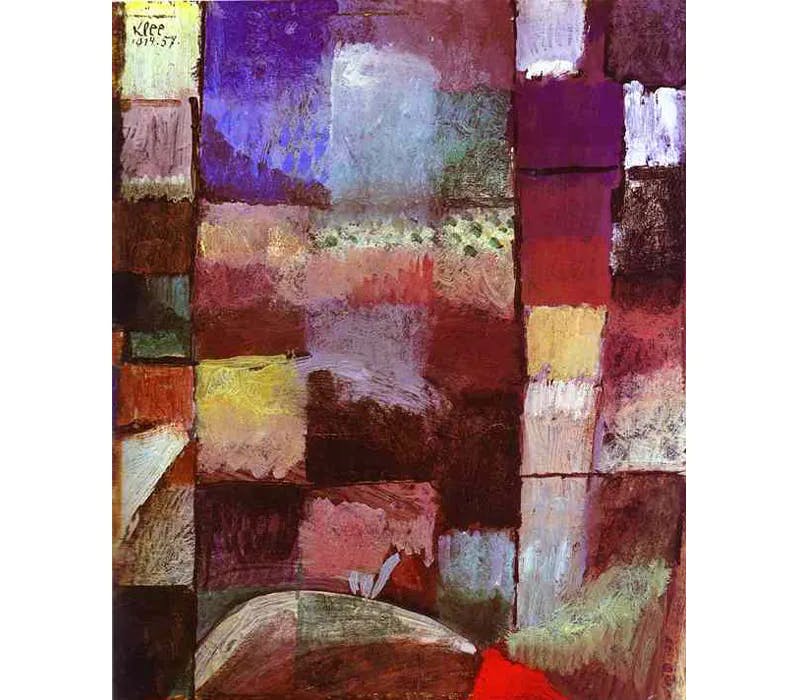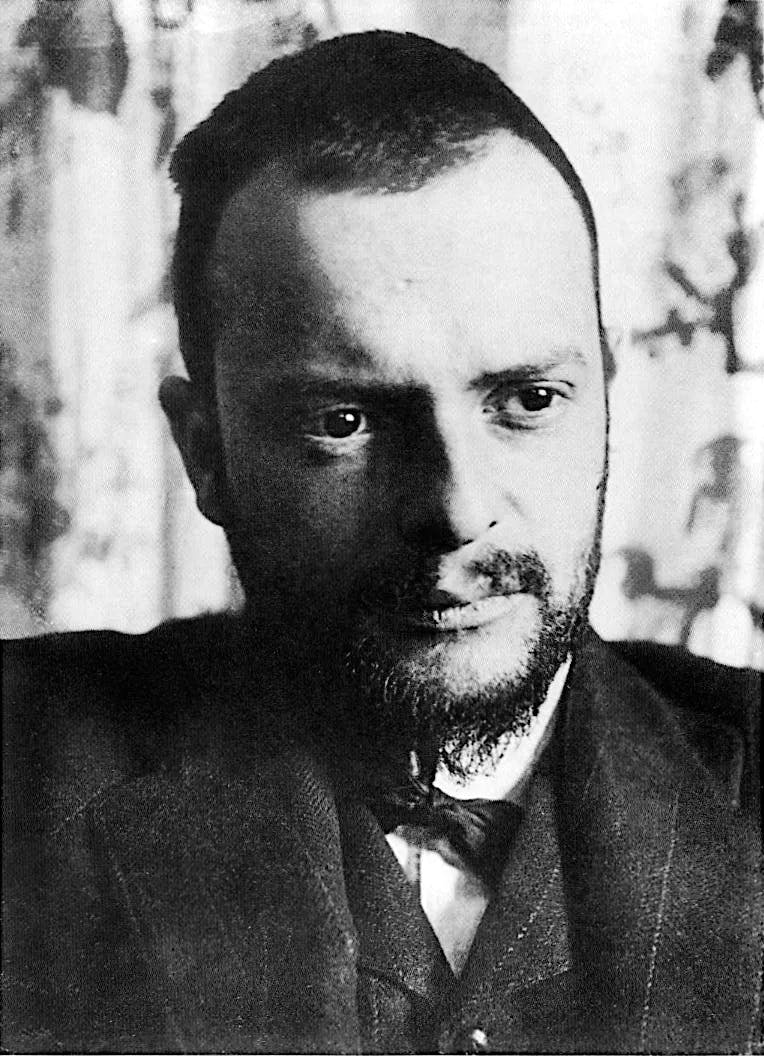Paul Klee: 6 Facts to Know
With his oeuvre ranging from Expressionism to Cubism to Surrealism, Paul Klee is one of the most important artists of the 20th century.
Paul Klee (1879-1940) is revered for his abstract, colorful paintings that employ geometry, his love of music and his creative, whimsical spirit. Here are six facts about the German artist that you may not know.
1. He was an excellent musician
Paul Klee's parents were German music teacher Hans Wilhelm Klee and Swiss opera singer Ida Marie Klee, nee Frick. Under these circumstances it is understandable that the Klee couple had in mind that their son would also embark on a musical career. And indeed it could have happened that way. Paul Klee, who started playing the violin at the age of seven, proved to be extremely talented and within a few years had mastered the instrument. In his early days as an artist, he made his living as a violinist.
Related: The First Known Works by 10 Famous Artists

2. Cats were his favorite animal
Paul Klee was a big cat lover. Over the course of their lives he and his wife Lily owned at least six cats: Fritzi, Bimbo I, Nuggi, Mys, Skunk and Bimbo II. How much the painter's heart was attached to his house cats can be measured by how much freedom he gave them. They were welcome guests in his studio and repeatedly served as a source of inspiration. He even allowed to walk across his canvases.

3. A trip to Tunisia transformed his art
The trip to Tunisia that Paul Klee took from April 7 to 19, 1914 with Louis Moilliet and August Macke is regarded as a significant turning point in art history. In general, it is viewed as the crossroads of Expressionism and abstraction in Germany; on the other hand, it was a personal epiphany for Paul Klee. Before the trip, he had mainly worked as a graphic artist and draftsman, but he discovered painting more for himself due to the special lighting conditions and colors of Tunisia.
Related: Abstract Art: From Genre to Movement

4. He fought in World War I
Another turning point for art at the beginning of the 20th century was the First World War, which changed the way people viewed art and grappled with emotions. Many lost friends and family members at the front, including Paul Klee. At the beginning of the war, August Macke, with whom he had traveled through Tunisia a few months earlier, died at the front. He found out about Franz Marc's death in Verdun, with whom he had worked together in the editorial community, on the day he himself was called up for military service in 1916. Later, he would channel his grief into pen and ink drawings.
Related: Josef Albers: Thinking Outside the Box
5. He was a teacher at the Bauhaus
For ten years, Paul Klee taught at the Bauhaus, the influential German school that ushered in a modern and integrated approach to architecture, art and design. He taught alongside Wassily Kandinsky and Lyonel Feininger, important pioneers of modern art and fellow members of Der Blaue Reiter. and the school had significant effects upon his work. He focused on color theory and incorporating geometric shapes, straight-edged lines and delineated curves into his art.

6. Paul Éluard wrote a poem about him
When Paul Klee was in Paris in 1925 for his first solo exhibition in France, he got to know the Surrealists. He took part in one of their exhibitions, but was not accepted into the group. However, the surrealist poet Paul Éluard contributed a poem entitled Paul Klee to the catalog for Klee's solo exhibition .
Discover more articles in Barnebys Magazine
This is an updated version of the article originally published on December 11, 2020


